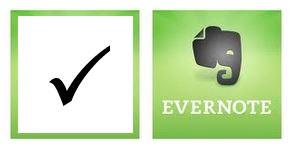20 May How to Improve Productivity in 2 Minutes

Productivity Guru David Allen’s Two-Minute Rule is simple – If you can do it in two minutes or less do it now. It’s a great concept for helping you move through the backlog of paper, tasks to-do and sticky notes laying around. Basically, his premise is that it’s going to take the same amount of time to put it on your to-do list or into your task management system then it will take to do it, so just stop and get it done. I do like this tactic and employ it often as I do my weekly review (next week I’ll explain how I manage this process), however, don’t take “two-minutes” literally: Here are some variations to consider:
- “Hold” time doesn’t count: If there are calls you need to make that require you to wait on hold, but the conversation will only take a few minutes, make it now. Put the phone on speaker and continue on with your processing. This is actually a great use of time – processing paper is comprised of micro-decisions and stopping to take the call won’t require much re-ramp-up time.
- 3 or 4 or maybe even 5 minutes is OK: Remember, the concept is that it will take more time to anchor it to a future action than it will to do the task. The number of minutes is much less significant than the concept. Empower yourself to use your best judgment.
- OMG: When you find something that it critical and you just have to do it now (and this does happen) it is okay to stop and do it ONLY WHEN YOU HAVE TIME TO FINISH THE WEEKLY REVIEW. I believe that investing in this hour or two weekly is the one most important thing you can do to improve your productivity. Taking the time to organize papers prevents you from finding OMG’s and is really the only thing short of a full time administrative assistant that can help you get your most important work done.
- JUST Don’t Do It: I have yet to meet a client (or colleague for that matter) that can do everything. EVERYTHING CAN’T BE IMPORTANT. As you are evaluating next steps (do it now, put it on my list, etc.) consider “not doing it at all” as a very viable option. If you are spending your time doing less important work at the expense of the most important work you are making a poor leadership decision. Ask yourself – “What would happen if I just didn’t do it?”



